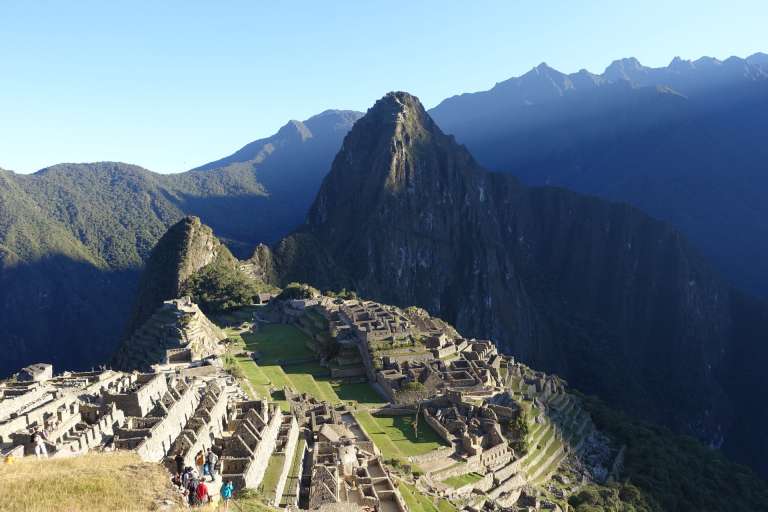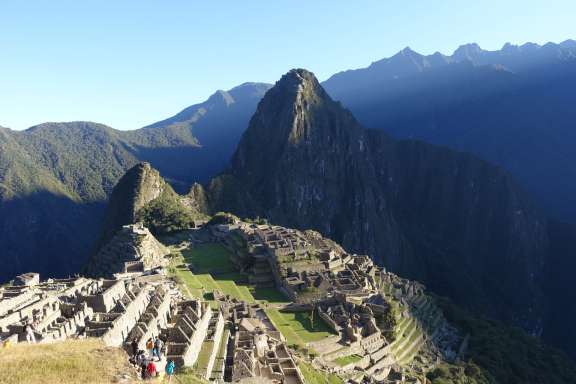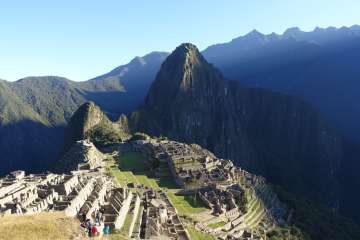Macchu Picchu





Macchu Picchu pronounced in Quechua "Old Mount", considered the masterpiece of Inca ingenuity, is made up of more than 200 stone structures and a green area supplied by fountains and water channels. It is located at 2,450 meters above sea level on the threshold of two geographical worlds, which make up contrasting natural universes: the Andes and the Amazon. In this natural prominence, the Andean reliefs combine with the lush vegetation typical of the jungle. The rains are torrential, the fog constant, the oscillation of the extreme climate, at night it is icy like in the mountains, while during the day the heat rises to high temperatures; dryness and humidity alternate and that duality is repeated between sun and shadow.
This place where the duality of extreme opposites becomes one and configures a universe of unique biodiversity on the planet, where the fertile rivers flowed, the divine fauna revered in the four of them inhabited, was the copious herbalist of medicinal and magical plants, in In particular the coca leaf and on its edges portentous sacred mountains are reached, it was recognized by Pachacutec Inca Yupanqui to make it the sumum of sacredness.
This city built in the time of the Incas has links with the city of Cusco, Ollantaytambo and other cities, through well-built roads. One of them is the Inca Trail, as one of the main access roads to the city. Its beauty is unique, because it is possible to find nearly 300 varieties of orchids throughout the sanctuary.
Machu Picchu was declared a Historical Sanctuary of Peru in 1981 and a UNESCO World Heritage Site in 1983. In 2007, Machu Picchu was named one of the New Seven Wonders of the World.